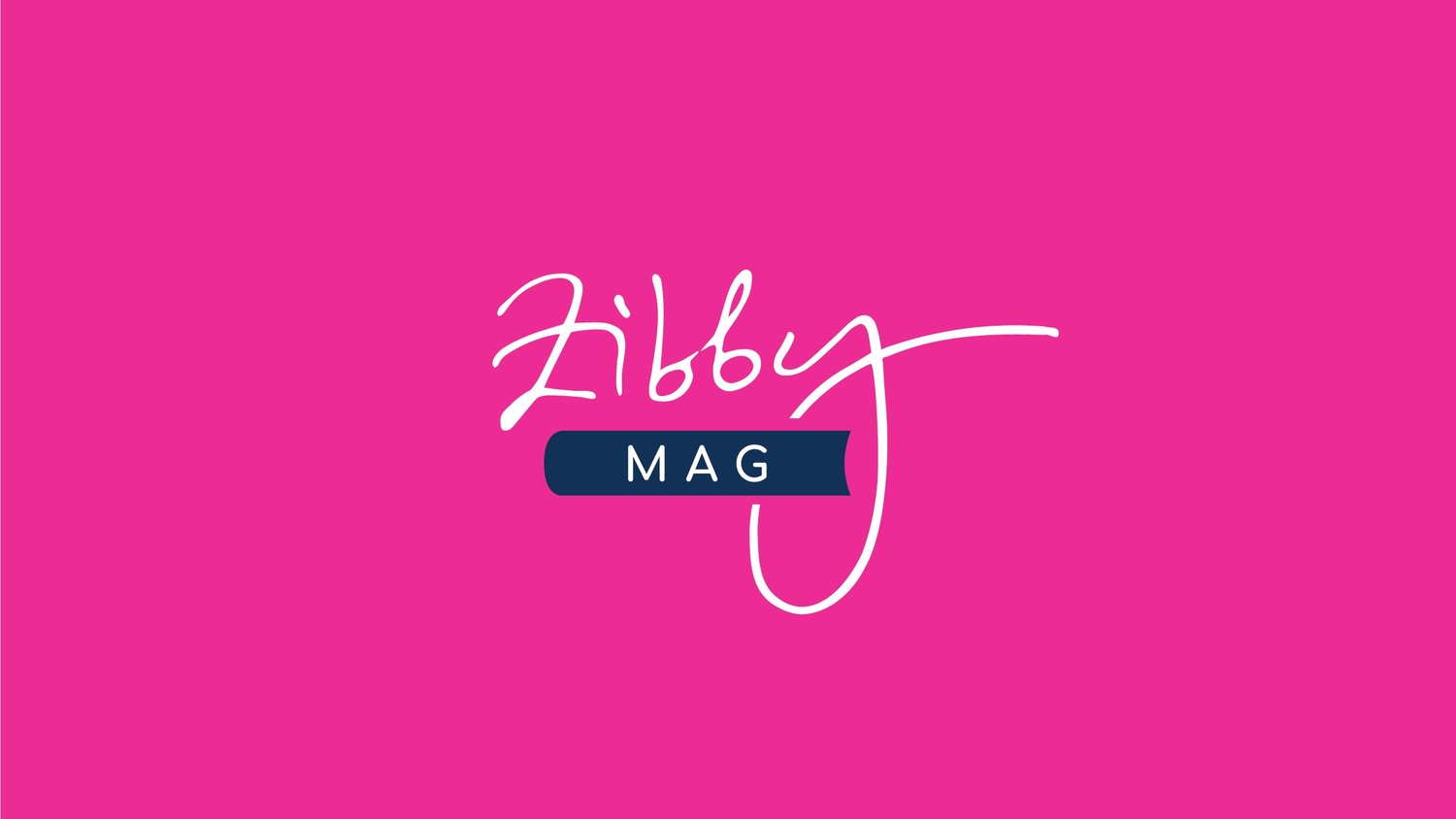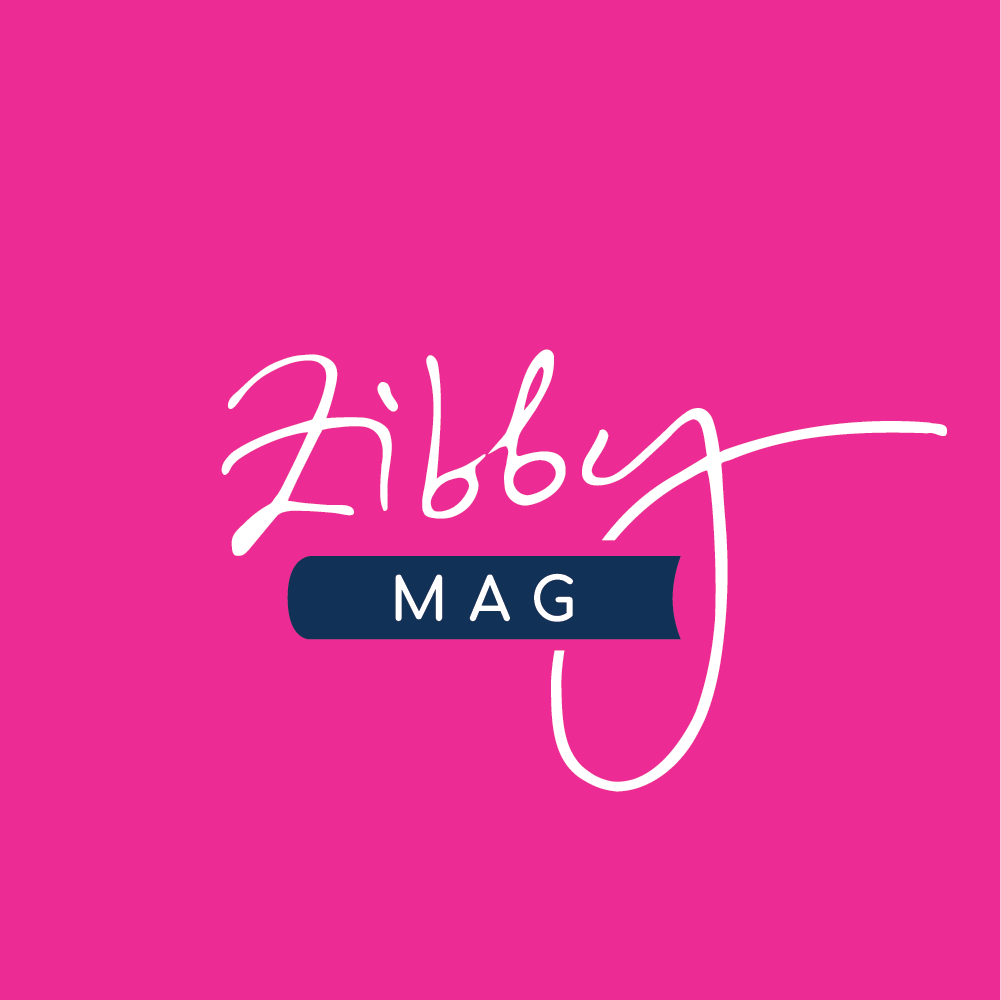A Reading List if You Love the “Friend Group” Trope
By Tim Murphy
In writing my new novel Speech Team, I wanted to use the classic “group of friends” trope that I have loved in so many books since childhood. Here are some of the novels I was thinking about as I wrote Speech Team, hoping to capture that special magic of friends meeting, bonding, growing apart, and coming back together.
The Secret History by Donna Tartt
Donna Tartt’s 1992 literary debut is hands down my favorite novel of all time. It’s about a group of weird, elite friends at a tiny, liberal arts college in Vermont (based on Bennington, where Tartt went) who accidentally commit a murder amid their fervor for reviving the rituals of the Greek ancients––and then very deliberately commit another murder in order to keep the original murder covered up. That’s just the (amazing) plot. What really makes the book for me is the intense atmosphere of rural Vermont through all four seasons (including, famously, a brutal winter break), the delicious satire of spoiled rich kids, and the deeply satisfying feeling you get as a reader from spending so much time in the company of this friend group. You start to feel like one of them, hanging out with them through their endless cigarettes and cups of tea and liquor and impromptu meals and twisting, enchanted conversations (oh, and occasional murder).
The Group by Mary McCarthy
It’s been many years since I read McCarthy’s 1963 bestseller and classic about eight women who graduate from Vassar in the 1930s and then go on to have difficult and complicated lives. But what I remember most is the severe patriarchal limitations on these women, despite the fact that they were college-educated and came from America’s most privileged class. I particularly remember the “reveal” about one of the most riveting characters, the beautiful and aloof “Lakey,” toward the end of the book, thinking that was a rather daring turn for McCarthy to take. I also aspired to Lakey’s level of stylish I-could-give-zero-fucks-what-society-thinks-about-me insouciance. Such a great, unputdownable read. I have to pick it up again soon.
A Little Life by Hanya Yanagihara
This runaway surprise bestseller from 2015 features a very tight college-friends foursome: Willem, JB, Malcolm, and Jude (a foursome that has become so cult-like amongst certain lit types that you see their names on tote bags). Some people have complained that what begins as a rather sparkling novel about being fresh out of college in New York City and ready to conquer the world, unexpectedly becomes something much darker, focusing mainly on the character Jude. But I think it’s part of the book’s brilliance: the way the somewhat commercial, feel-good vibe of the book’s start slowly falls away, in the service of something far more visceral, horrifying, and challenging.
Valley of the Dolls by Jacqueline Susann
I know it’s no literary masterpiece, but I love this 1966 piece of brilliantly salacious pulp about the friendship between three women: prim and proper Anne Welles, voracious Broadway striver Neely O’Hara, and dim but sweet bombshell Jennifer North. As I wrote in this essay on the 50th anniversary of the book’s publication, the friendships among the women—particularly between Anne and older diva Helen Lawson, and between Anne and Jennifer—are the redeeming and most authentic aspects of an otherwise decidedly pre- (or un-) feminist story, where women are ultimately at the mercy of men for both love and money.
The Spell by Alan Hollinghurst
The gay British Hollinghurst is one of my favorite writers, (I think of him as our modern-day Forster) and I loved this 1998 novel of his about four gay London men, both young and middle-aged, whose lives overlap as lovers and friends. I remember how angry I was at the incredible homophobia of John Updike’s New Yorker review. How dare Hollinghurst write an all-gay-male novel with no women or heterosexuals in it, he seemed to be asking. Whereas he saw only empty, gay raunch, I saw a gorgeously written depiction of how we gay men try to find a balance in our lives between pleasure and genuine love and connection—the latter of which often comes from men who were only briefly our sexual partners before they evolve into our friends and family.
Another Country by James Baldwin
Baldwin’s substantive but still juicy 1962 novel––about a group of white and Black Greenwich Village artists who are also friends and lovers––is another standout for me. Baldwin brings the reader into this vibrant friend circle and to a time when American social life was almost entirely segregated. He brilliantly illustrates the racial tension, spoken and un-, between mixed-race friends and lovers (like the tempestuously sexy Vivaldo and Ida!). To me, it’s the ultimate novel of 1950s Greenwich Village bohemia, with all of its promises of liberation––many of them unmet.
Another Dimension of Us by Mike Albo
This is a YA book written by my longtime writer friend Mike Albo. I absolutely adored it. It is much wilder and deeper than your average YA read, IMHO. It's about a group of sensitive, mostly queer, 1980s weirdo-teen friends (a bit like my Speech Team friend group) who, in time-honored sci-fi/fantasy fashion, time travel to the 2040s, where they meet another group of queer and trans kids...and of course, they have to consolidate all of their powers and youthful faith to save the entire universe from evil destroyers called (in Mike's subtly anti-capitalist critique) "Consumers." Mike's mind is like a candy-colored, trippy kaleidoscope—this journey is like A Wrinkle in Time meets Willy Wonka meets every garish kids' sugar cereal commercial from the 1970s and 1980s. It's subtly ironic and satirical if you're an adult—especially if you're a Gen X-er—chronically or mildly nonplussed by the mores and lingo of "the kids these days."
Detransition, Baby by Torrey Peters
This smash from 2021 got a lot of attention for its triangle of a young, Brooklyn transwoman (Reese), her ex-lover Amy who has detransitioned to a man (Ames), and Ames' boss, Katrina, whom he gets pregnant, as the trio tries to figure out if they could raise the child altogether. What I loved most was Peters' funny, poignant, and oh-so-smart depiction of a group of young, hipster transwomen in contemporary Brooklyn. It's no surprise the novel opens with a long meditation on Sex and the City—the book cannily channels that show's delicious, gossipy vibe while depicting trans folks in a way we've seldom yet seen: human beings as flawed, complex, and funny as anyone else.
Tim Murphy is the author of Correspondents and Christodora, which was long-listed for the 2017 Andrew Carnegie Medal for Excellence in Fiction and named Best Book of the Year by The Guardian. He has also been a journalist for the past twenty-five years.


